Can anyone tell me if you're able to buy a milling chuck or collet chuck & modify it to fit a certain application you'd want to achieve? Would like to chat more if anyone knows anything, it's for my senior project.
Our Most Important Advice for Milling Holders
-
There are five different types of milling holders, each with its own strengths and weaknesses - milling chucks, hydraulic chucks, shrink-fit holders, side-lock end mill holders and collet chucks.
-
Milling chucks are versatile with high retention force, ideal for general-purpose operations, offering more gripping force than collets, and superior vibration damping with options for high-pressure coolant delivery.
-
Hydraulic chucks are best for finish milling, reaming and drilling, featuring moderate gripping strength, superior vibration damping, and easy handling with a slim body shape but require careful handling to not exceed the rated rpm.
Milling is a core operation in all kinds of manufacturing environments. There are five different kinds of milling holders, each with their own strengths and weaknesses. We’re here to help you choose with the breakdown and top recommendation for using each.
Milling chucks
Let’s start with the jack of all trades in the world of milling holders. Milling chucks’ high retention force combined with a simple twist-to-lock operation makes them ideal for general purpose operations. These chucks grip a tool shank by means of mechanical deformation of rows of needle bearings. These holders provide substantially more gripping force than a collet. Runout, however, is reduced compared to collet chucks, but is still better than double the performance of side lock systems. Their large bodies help dampen vibration and chatter. The option for high-pressure coolant delivery through the tool is also useful.
Top tip
The bigger the milling chuck, the more the clamping force. Larger size chucks have a higher starting potential clamping force. When paired with a reduction collet the final gripping force is higher than a direct clamping size chuck.
Hydraulic chuck
Hydraulic chucks are often more specialized because of their slim body shape, higher cost and moderate gripping strength—about half that of a milling chuck and about double that of collet chucks. The main differences between the holders, in terms of performance, are the superior vibration damping and simpler handling of hydraulic chucks. They are most often used for finish milling, reaming and drilling. They are extremely easy to handle. A simple clamping screw activates hydraulic chambers that allow the holder to clamp down on the tool.
Top tip
Never exceed a hydraulic chuck’s rated rpm; fluid is pulled away from the holder’s internal gripping gland, causing loss of clamping force.
Shrink-fit holders
Often compared to hydraulic chucks because they can also have very slim bodies, shrink-fit holders share similar gripping force as well. Handling is much more involved, but from an engineering perspective, shrink-fit holders are, fundamentally, the perfect tool holder. There are no moving parts, they are naturally symmetrically round and they use the properties of the holder itself—with the help of heat—to grip the tool. But as we know, a manufacturing floor is not a perfect environment. Variables must be considered when choosing equipment.
Best for moderate to heavy milling, shrink-fit holders are excellent at high speeds and are especially useful in low clearance, tight work envelopes because of their relatively slim design. Gripping power varies based on the tolerance of the cutting tool shank and outside body diameter: the heavier the wall, the higher the gripping force.
Top tip
Shrink-fit holders have very tight-tolerance bores. They should be cleaned and dried between each tool change. If you’re considering shrink-fit holders or already own them, check out these tooling and spindle cleaners.
Side-lock end mill holders
These may be a bit simpler in terms of how they clamp than hydraulic and shrink fit, but these rugged holders definitely have their place. A flat in the tool engages with a Weldon screw on the holder that locks the assembly in place, all but eliminating the risk of pullout, even in the toughest metals. They are most effective when heavy roughing at low speeds. What side-lock end mill holders achieve in security, they often lack in precision. Avoid high speeds and cuts with higher risks of vibration unless you’re using high-performance tooling like the MEGA Perfect Grip.
Top tip
Never use tools with homemade, hand-ground flats in a side lock end mill holder.
Collet chucks
From a low-speed specialist to high, collet chucks work best at elevated rpm. This makes them excellent for delicate and precise work like drilling, reaming and finish milling. The collar-like gripping is tightened by way of wrenching a collet nut. This allows for more points of contact for the tool when compared to other chucks. Collets are most useful in repetitive work where the clamping requirement does not vary significantly.
They also are versatile because the number of segmentations on a collet can vary. More segments mean greater flexibility and a larger gripping range at the cost of some of the concentricity and stability of more rigid collets.
Top tip
High-performance bearing race nuts offer the highest gripping strength combined with stable runout accuracy. The bearing keeps the race from sliding against the surface of the collet. The friction of a solid nut sliding across the collet face twists the collet and increases runout as well as increases the clamping torque required.
Ready to dig a little deeper into holders for straight-shank milling tools? Explore all our high-performance tool holders right now.
Did you find this interesting or helpful? Let us know what you think by adding your comments or questions below.


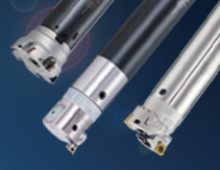
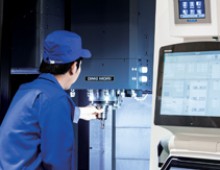
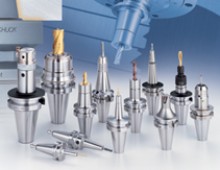
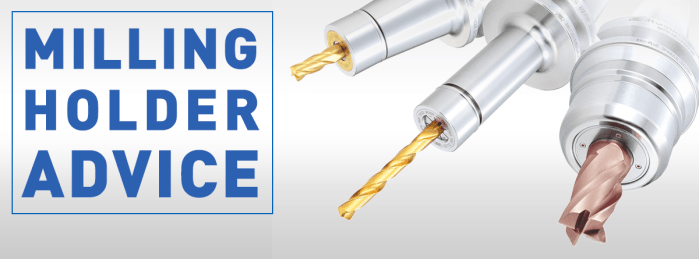
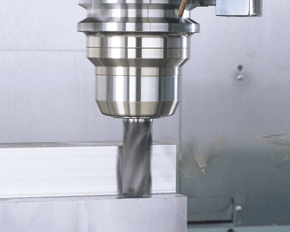
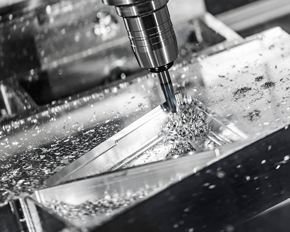
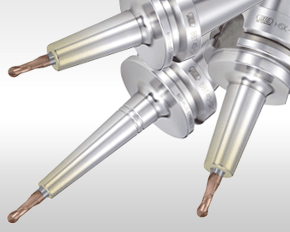
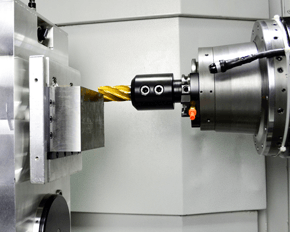
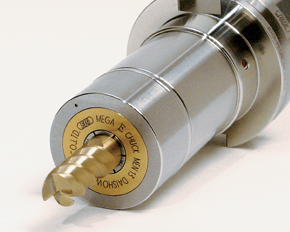
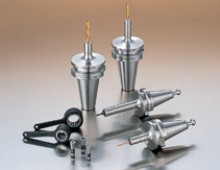
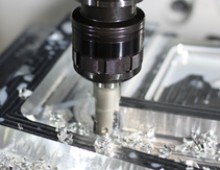
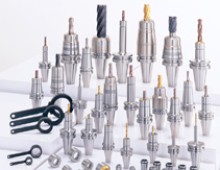


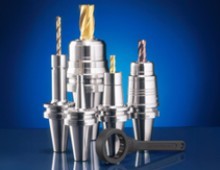
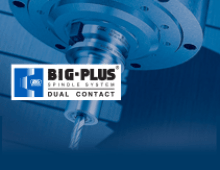
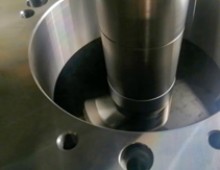
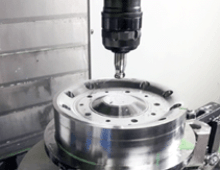
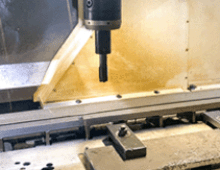
Randi McCarty
Thu, 10/27/2022 - 12:50